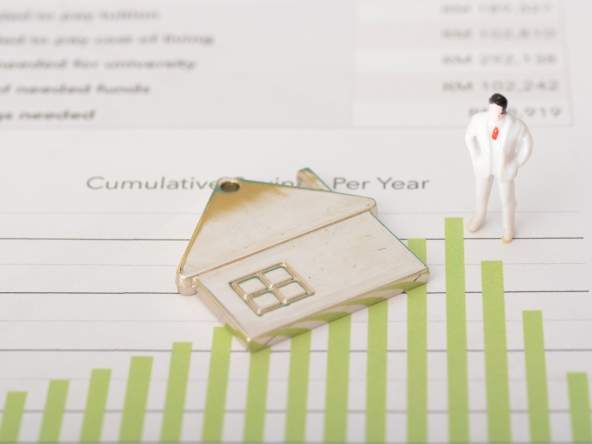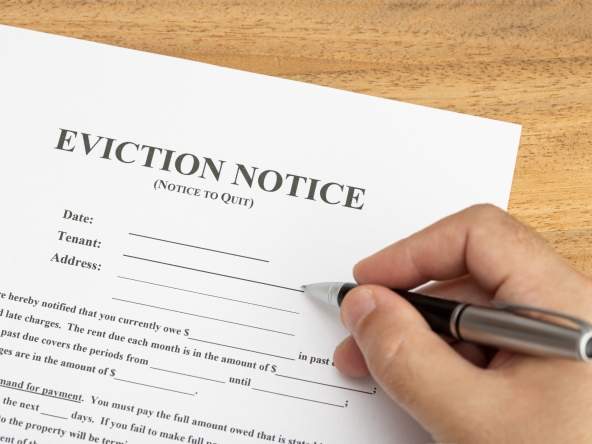[dropcap]W[/dropcap]ith affordability deteriorating alongside rising prices and essentially flat sales for several years, fewer Californians have been able to make the jump back into owning their own homes.
 The number of homeowners in the state rebounded from 7.12 million households in 2014 to 7.56 million in 2016. However, the renter population has increased by more than the uptick in homeownership. The California Association of Realtors estimates that homeownership increased by a net of 87,865 in 2016. The number of renter households increased by more than 108,000.
The number of homeowners in the state rebounded from 7.12 million households in 2014 to 7.56 million in 2016. However, the renter population has increased by more than the uptick in homeownership. The California Association of Realtors estimates that homeownership increased by a net of 87,865 in 2016. The number of renter households increased by more than 108,000.
Affordability in California is well below the national average. Only 31% of households can afford the median-priced home here compared with 58% nationwide. Interest rates are also expected to rise, which will increase the cost of carrying the typical mortgage. This would reduce affordability that much more. In addition, the supply constraints have created an excess-demand situation that is putting further upward pressure on home prices as the economy creates more jobs and incomes start to rise.
Home Prices
CAR is currently forecasting that home prices will continue to rise this year, growing by a projected 4.6%. That would bring the median price of a single-family home to $525,400.
At a 4.5% rate for a fixed-rate mortgage, that would raise the minimum qualifying income for that median home to roughly $114,000. That’s an income level that just over 25% of California’s households currently earn.
As such, affordability and homeownership might get worse before they get better.





